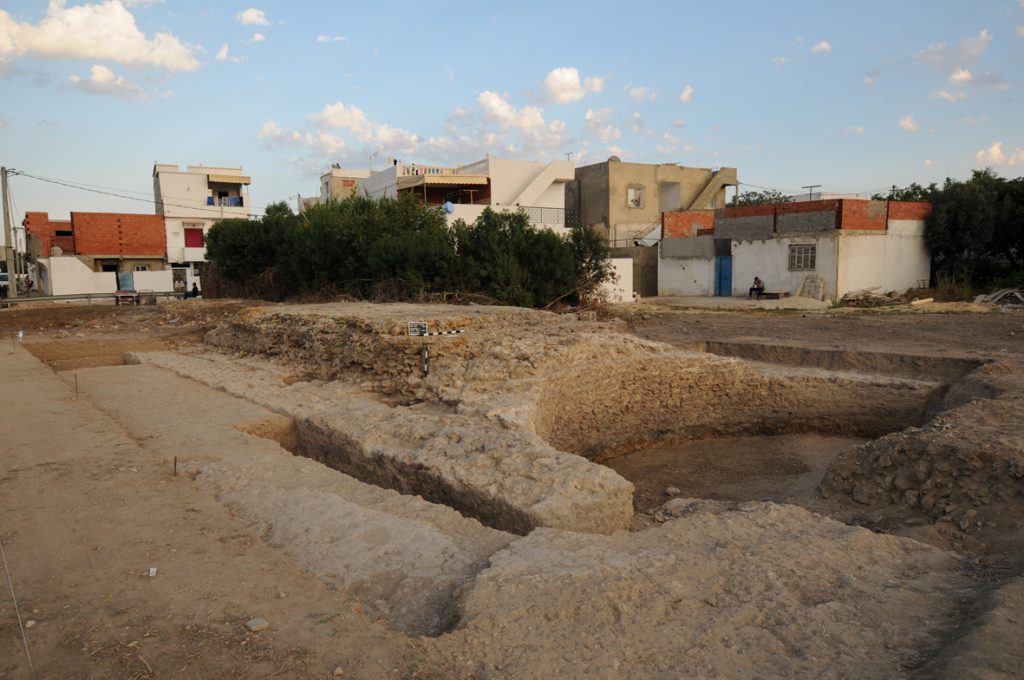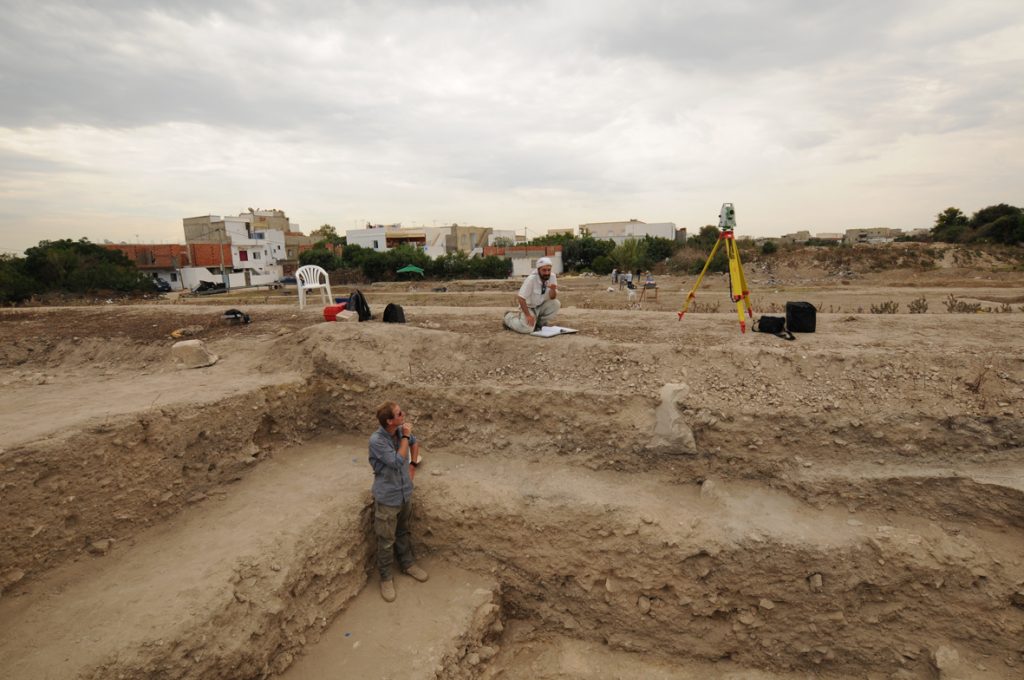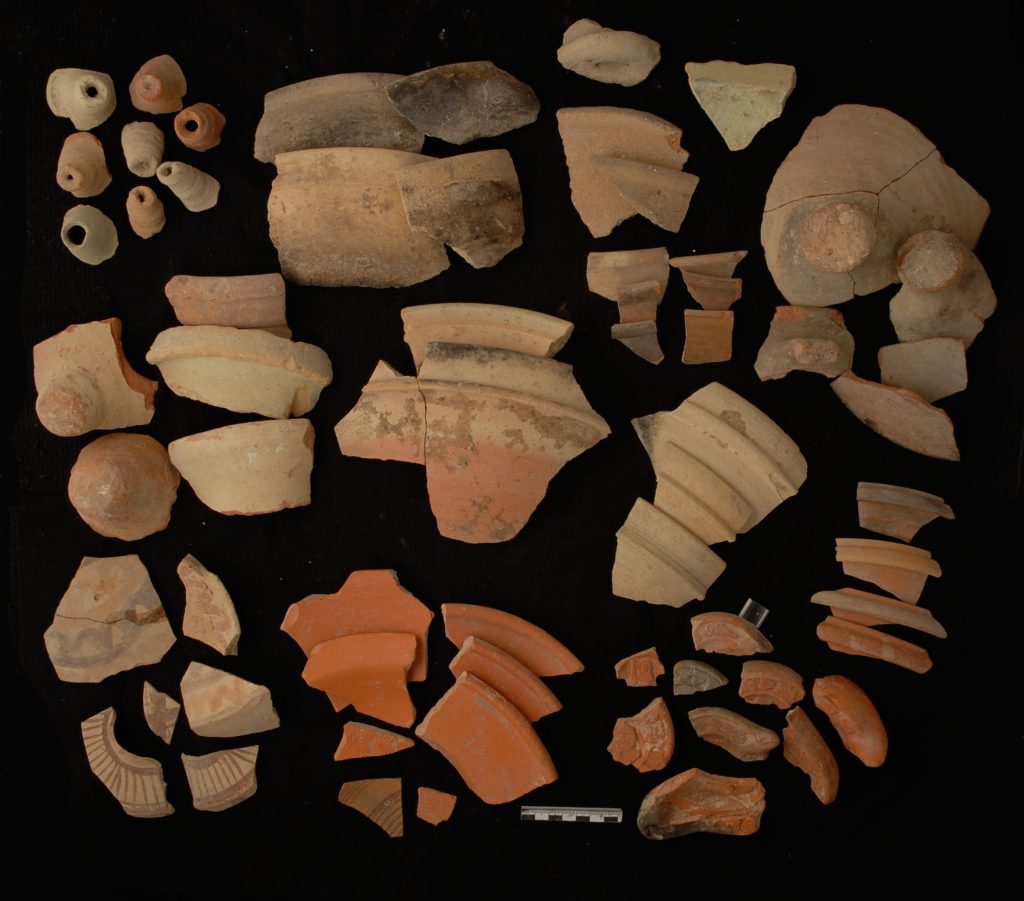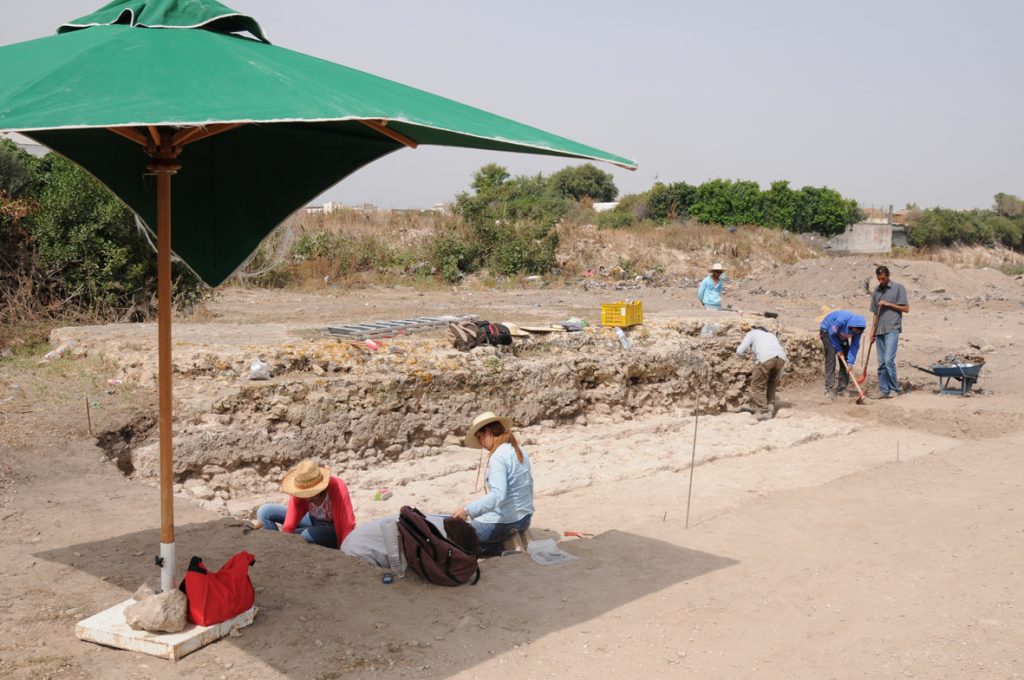Chariot racing was the most popular sport in the Roman world. The Circus Maximus in Rome at times hosted races on more than 50 days of the year, before an audience of 150,000. But it wasn’t only the capital that had a racing stadium – the largest arena for chariot races outside Rome was in Carthage, now a suburb of Tunis.

The Circus of Carthage was the city’s biggest building, though it has been little researched. In 2015, the DAI Rome launched a new excavation, which revealed that the circus was built on top of a former necropolis at the end of the 1st century AD and remained in use until the late 5th century. Of particular interest was the construction of the spectators’ stands and of the spina, the central barrier that divided the racetrack and was adorned with water basins and statues. The turning point, or meta (excavated in the west), was critical: there the charioteers had to make as tight a turn as possible if they were to have a chance of winning, but had to take care not to touch the meta and risk a potentially deadly accident.

Foundations for the tiered seating at the circus were very deep, as this trench shows (Photo R. Bockmann, D-DAI-ROM-KAR-2016.0504) 
Excavations at the Circus of Carthage have yielded a variety of pottery types, not only amphorae and kitchenware but also fine ceramics, which are particularly important in dating individual strata (Photo A.-M. Graatz, D-DAI-ROM-KAR-2016.0456) 
Excavation of the west section of the central barrier of the circus (Photo R. Bockmann, D-DAI-ROM-KAR-2016.0092)